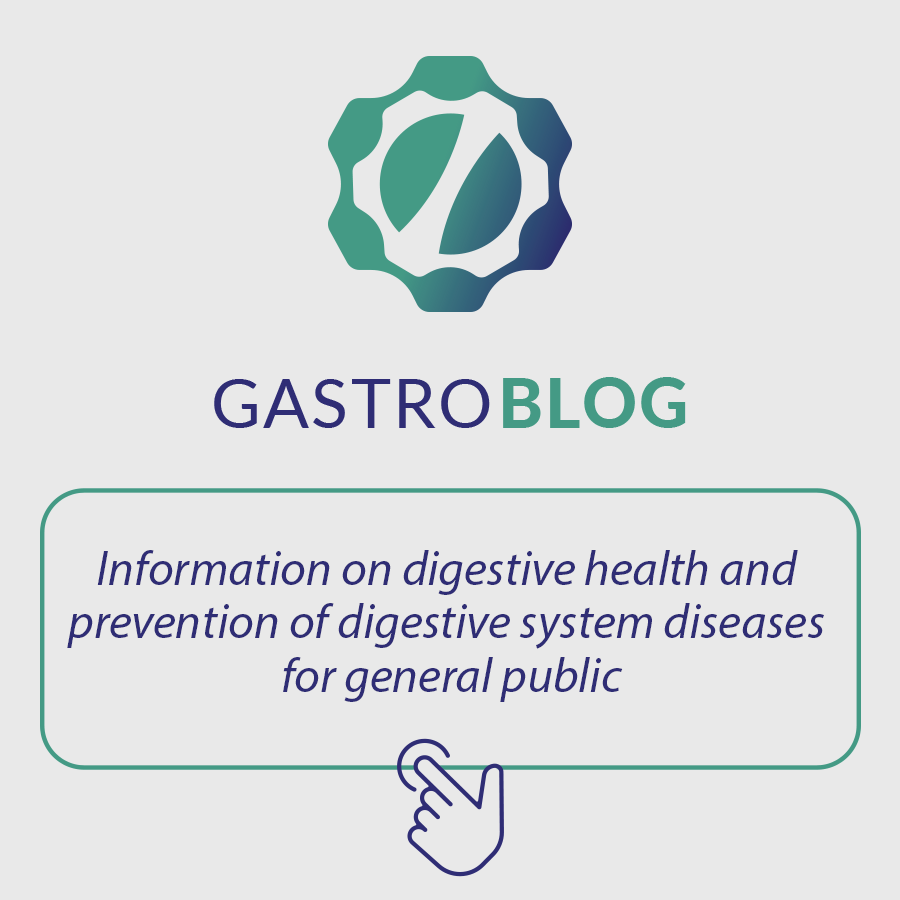LATEST ARTICLES
-
Anorectal manometry is an examination used to evaluate the function of the rectum and sphincter apparatus. Its utility is mainly valued in patients who present functional disorders, such as intestinal …
-
GastroenterologyPancreas
Chronic Pancreatitis – main etiologies and associated risk of Pancreatic Neoplasia
The term chronic pancreatitis (CP) is used to define a fibro-inflammatory disease of the pancreas, of a progressive and irreversible nature, which can present with abdominal pain as a symptom …
-
GastroenterologyLiver
When is the use of beta-blockers recommended in patients with hepatic cirrhosis?
Portal hypertension is the most common complication of liver cirrhosis and is considered the key point for the triggering of ascites, encephalopathy and esophageal varices and, in this way, it …
-
Introduction Gallbladder polyps are usually incidental findings diagnosed during abdominal ultrasound exams or during cholecystectomy. They usually do not present symptoms, but occasionally they can cause discomforts similar to those …
-
Patients with a IBD (Inflammatory Bowel Disease) moderate to severe phenotype and/or with risk factors for a worse prognosis, once elected for advanced therapy with biologics, should undergo preparation for …
-
Hepato-Pancreato-BiliarySurgery
Periampullary neoplasia with isolated hepatic metastasis: what would you do?
Treating and caring for an oncology patient should go beyond the knowledge of high complexity and evidence-based that is updated every day. A solid doctor-patient relationship with expectation management and …
-
Colorectal tumor has a major impact on global health and, according to INCA data, it ranked second in incidence in both sexes in our country in 2020. Complications resulting from …
-
Esophagus-Stomach-DuodenumGastroenterologySurgery
Common Variable Immunodeficiency and Gastric Cancer
Risk factors commonly associated with the development of gastric cancer (GC) include chronic infection with Helicobacter pylori (H. pylori), low intake of fruits and vegetables, high salt consumption, smoking, and …


